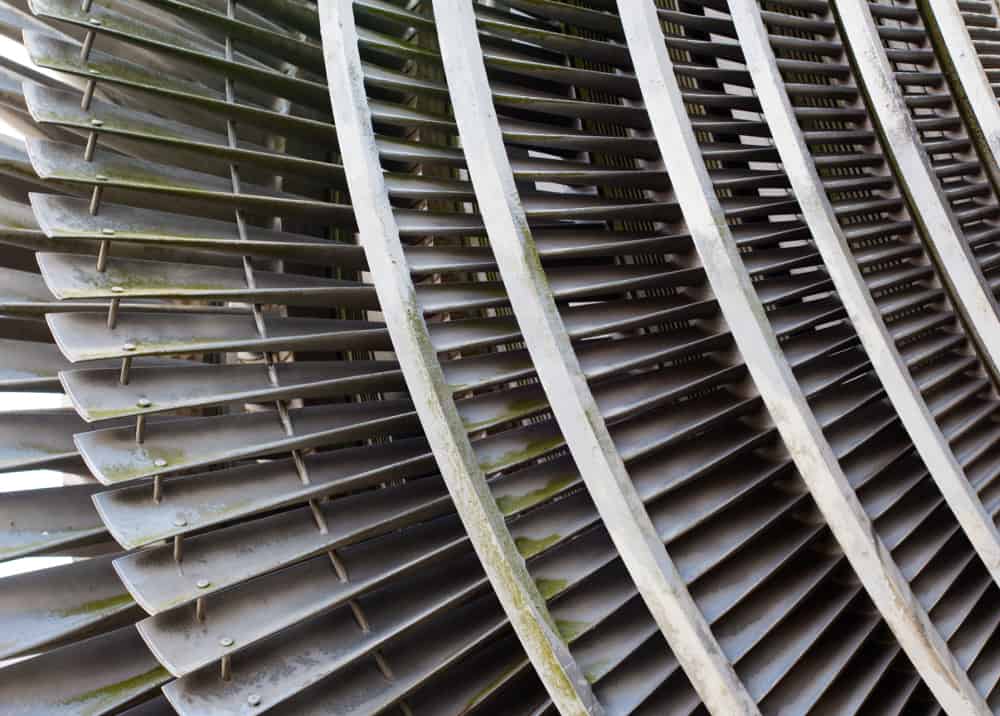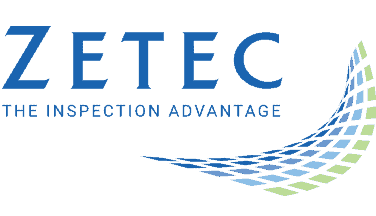Improving Surface Inspection Techniques Takes Innovative NDT Equipment

Industries as diverse as aerospace, power generation, oil and gas, and manufacturing rely on the integrity of thin sheets of metals and composites. Whether flat, curved, or rolled, metals and composites including pipelines, wings, and turbine blades must be inspected regularly to prevent failure in service. In many cases, inspections are required by law; in all, they are required by a moral duty to the public and a fiscal duty to the company.
Surface inspections can be conducted using a variety of means, from simple visual inspections to the use of penetrating liquids. However, for speed, ease of use, and effectiveness, portable eddy current array technology has become the preferred inspection method. Companies with significant inspection requirements involving thin conductive materials will reduce asset risk and improve inspection efficiency by employing eddy current surface inspection techniques.
The Need for Better Surface Inspection Techniques
Simply put, large industries have large amounts of surface to inspect. As the economy continuously expands, new wings, turbines, pipes, sheets, bolt holes, and many other durable, safety-sensitive components will be introduced to service at a greater rate than old ones will be removed. So, companies will always need to inspect more surface area.
Older nondestructive testing methods used for surface inspections struggle to meet the need for high-volume, safety-sensitive, complex geometry inspections. While visual inspection can serve as an ancillary indicator of failure, technicians won’t be able to detect small or interior flaws. Liquid penetrant testing can effectively show technicians the presence of cracks, defects, or flaws, but requires a large amount of equipment and preparation time.
Even traditional single sensor probe eddy current technology, which uses electromagnetic signals to detect materials irregularities, is significantly less effective for many inspections than using modern, multi-coil array technology. Equipment that employs multi-array technology can reduce inspection times by as much as 95% compared to single sensor probes. This allows employees to cover much more ground in a day, and perform many more inspections in a year.
Adopting more efficient scanning techniques can be the most cost-effective way to keep up with the growing amount of inspection duties. By significantly reducing the amount of time per inspection, companies significantly reduce the cost of labor per inspection.
While investing in new equipment does require a capital outlay, it can be amortized by the savings generated in operational costs. Of course, improved inspection performance also reduces the risk of catastrophic, costly accidents as well, which is why inspections are performed in the first place.
So, how do companies find the right eddy current equipment?
Identifying Quality Eddy Current Surface Inspection Equipment
Most surface inspections are performed on large company assets, like pipelines or holding tanks. Given their size, the assets stay where they are, while inspectors travel to and around them—meaning effective eddy current testing equipment needs to be easy to transport.
This restriction—the need for portability—informs many of the design choices made by conscientious NDT engineers. For instance, to help technicians transport, set up, and adjust their equipment, equipment should be lightweight and easy to handle.
In addition, if the equipment can transfer files and data wirelessly, then technicians can save even more time. With a large, clear, bright display, technicians can read outputs and identify flaws despite unfriendly lighting conditions, whether indoors or outdoors. Plus, if the equipment has battery power capabilities with the battery life to last through a shift, technicians don’t need to carry extra batteries, search for a power source or stop work in order to recharge.
Besides portability and ergonomics—which determine worker efficiency—eddy current equipment should also be highly capable of detecting even the most difficult to find flaws, which determines worker effectiveness. To improve flaw detection, the instrument should have a high signal-to-noise ratio, best achieved with dual-frequency scanners. It should also be compatible with multiple probes types, such as rotating scanners.
To enable the display of flaws, the equipment’s software should allow operators to apply filters and manipulate views to more clearly identify problematic readings. It should also be able to support a suite of modern viewing tools, like high-resolution color C-Scans.
Companies looking to improve surface inspection techniques can do so effectively by investing in more powerful scanning technology, such as multi-array eddy current equipment. This equipment is easier for technicians to use than older NDT methods, provides better results, and works much more quickly. Empowering inspection teams with more effective equipment reduces the risk of costly accidents, protecting the bottom line.
Zetec has provided eddy current scanning technology for critical industry applications for decades. To find the ideal scanning solution for your surface inspection needs, contact us today.
